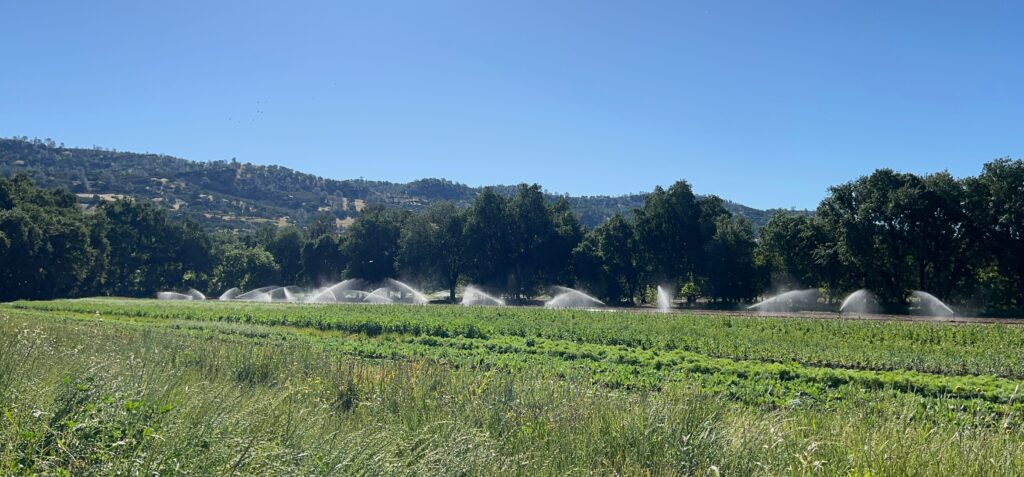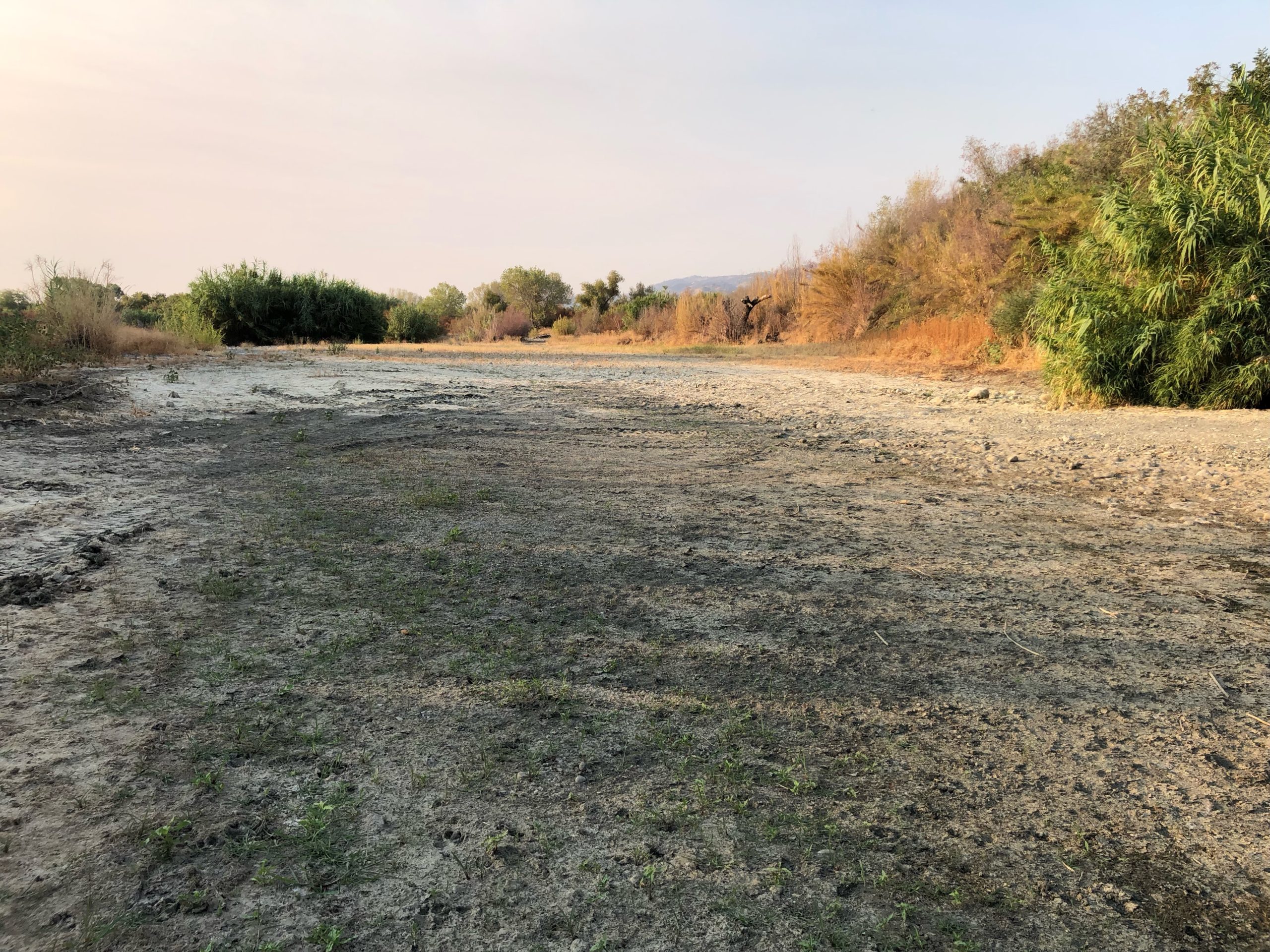
Notes from Under Ground
Underneath the soil that grows our food, in the rocks and sediment, there are vast stores of groundwater, sometimes connected with creeks and rivers, often critical for survival of deep-rooted trees and plants. In a rainy year, groundwater levels go up as rain percolates down into storage. In a dry year groundwater levels trend down as farmers and cities pump it out. This is a very simplified description of something that hydrologists spend a lot of time measuring and thinking about.
[Read more…]











